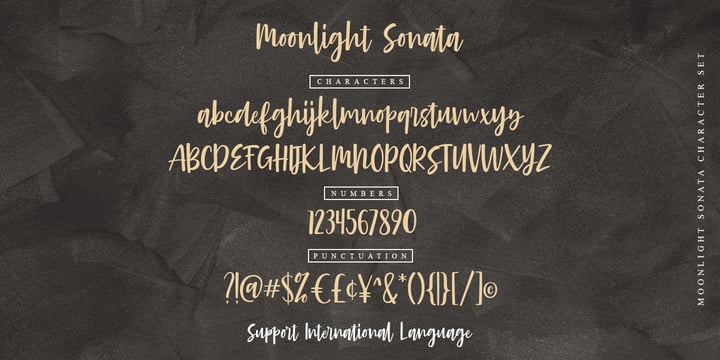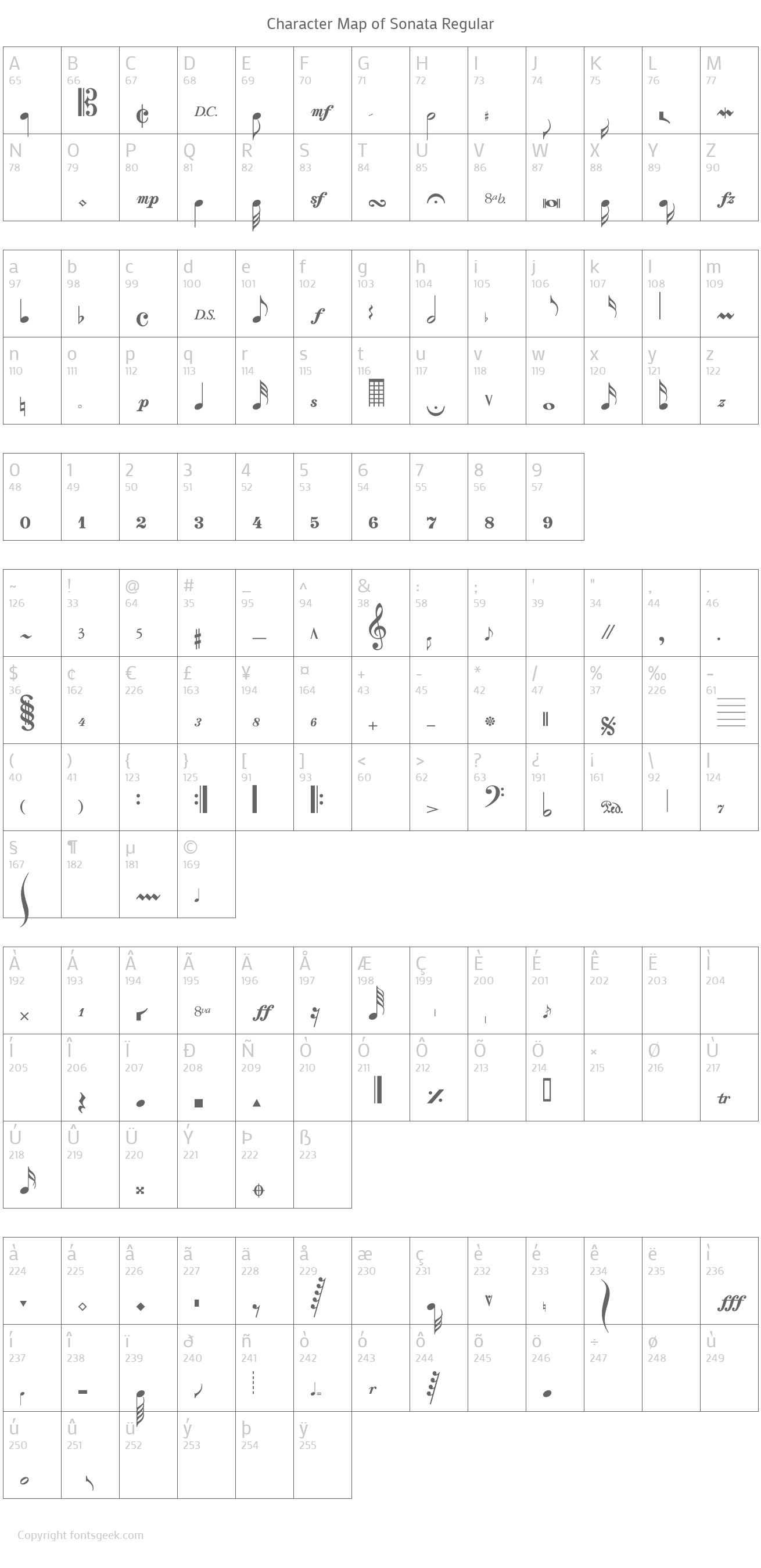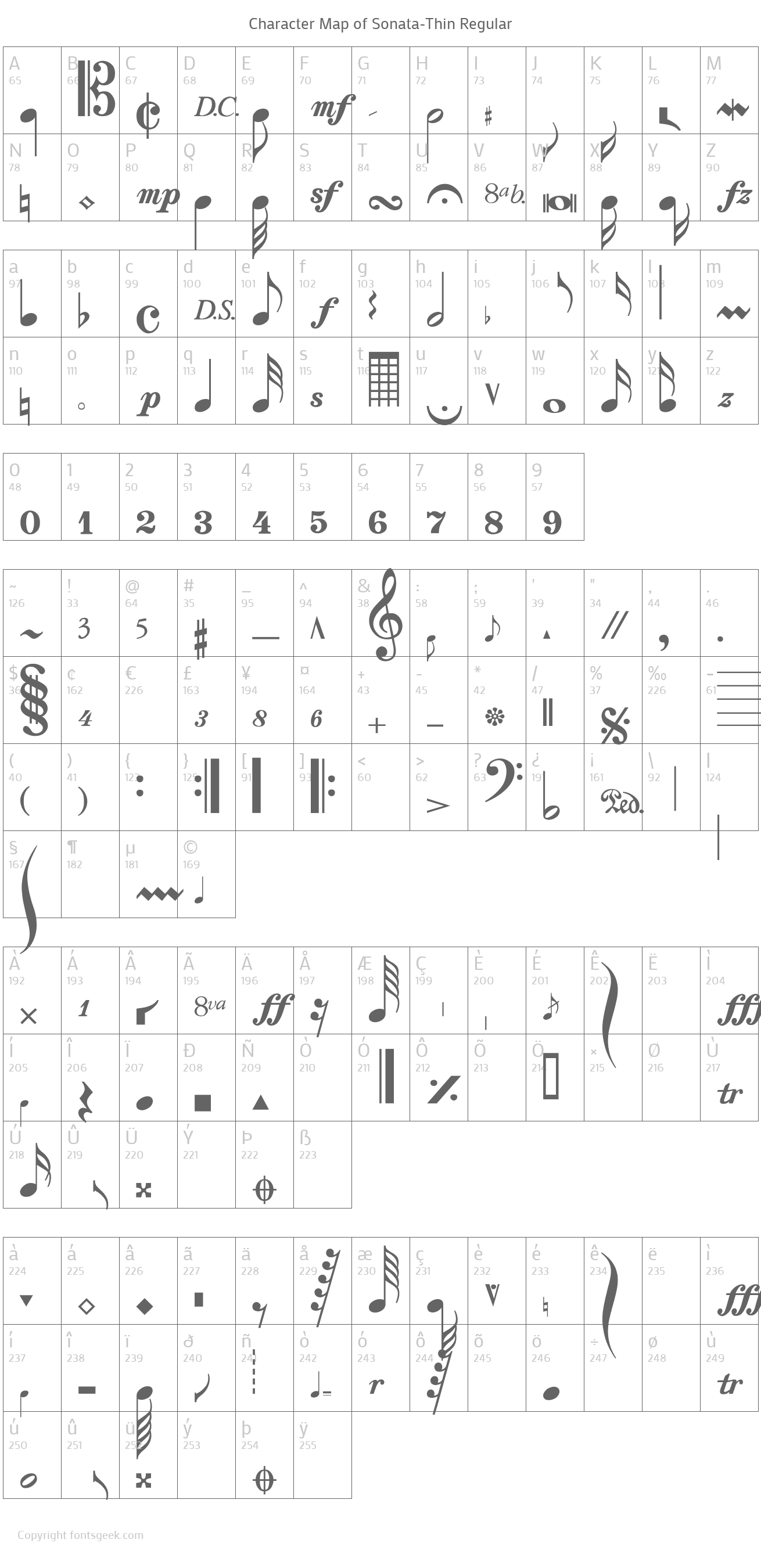

I didn’t like the horsiness 1 of many of the note-a-set characters, in particular the flags.

I had a few references to work with, some exquisite printed music from Schott on one end, and the easy-to-scan Note-A-Set fonts. In fact, I broke PostScript a number of times. Unfortunately, there was a bug in PostScript that caused characters without widths to not print at all.

Each note had its origin at the point that controlled its location in the staff – this ensured precise alignment. I created a “staff” unit from which all notes were scaled. Multiple staves had to line up for different instruments. The entire page needed to be fitted to be complete, and end at a logical place. Existing typesetting software couldn’t place things easily on the vertical axis. A note was always placed within a staff so it needed to fall precisely on a line or within a space. The precision of placement in music was much more important than it is in regular text – a note placed slightly off is a different sound entirely. Music didn’t behave in the same way as our western language fonts – it was not set on a baseline, it didn’t have kerning (left and right space baked-in to each letter), some required shapes were not “font-like” – like slurs (those eyebrow looking things) are custom fit to their context. Every decision on those fronts would have future consequences. There were no relevant examples of music notation fonts – no defined character sets, no keyboard layouts, and no software to set a page of music. Or, local copyists relied on rub-off letter transfers like the popular Note-A-Set. Music manuscripts were still being sent to Korea to be produced cheaply using a music typewriter and hand-drawn embellishments.

After some research, I realized music notation was further behind than I realized. There were no digital fonts for music that could be converted to postscript. In addition to being a violinist, I was working towards my Master’s at Stanford in Digital Typography – a new program created by Charles Bigelow and Donald Knuth. Sumner asked me if I would like to create a font of music notation. Sumner Stone was hired as the head of the type group and wanted to create Adobe Originals. It’s 1984, Adobe had been converting fonts to PostScript to use on printers licensed with PostScript. Adobe System’s font of Music Notation – and, first original typeface Backstory


 0 kommentar(er)
0 kommentar(er)
